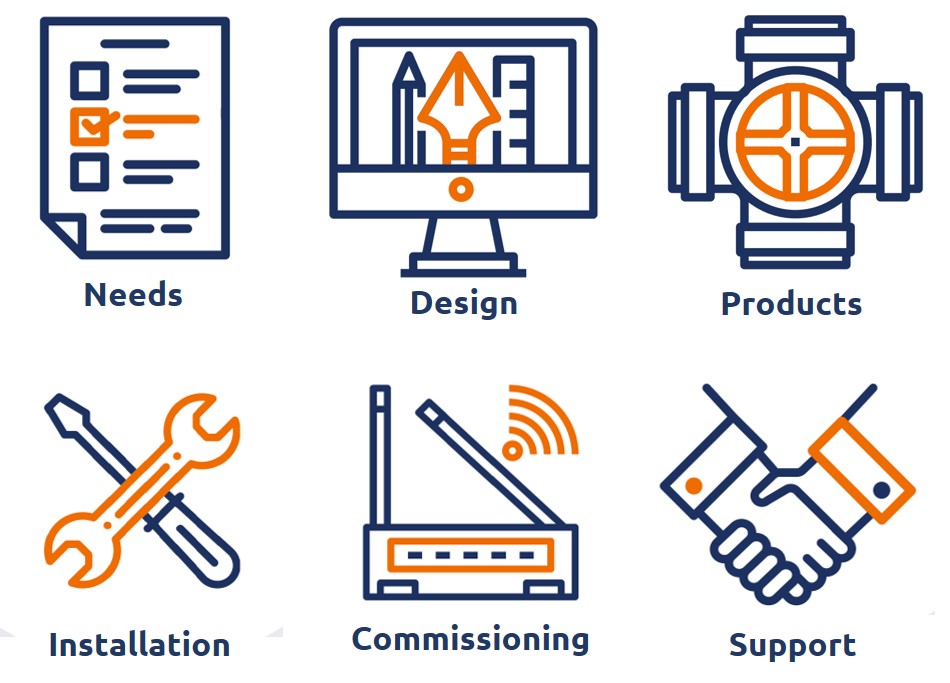
Introduction
Contact Hydrosol for home energy advice for your new building project. Explore options to improve your thermal performance Star Rating and ‘Whole of Home” energy assessment. This includes choices for your building design and energy-efficient appliances.
It is now a requirement of the National Construction Code (NCC) in Australia to have thermal performance of at least 7 Stars and a ‘Whole of Home’ rating of at least 60%. Advice at the design stage will assist you to:
- Determine your most cost-effective options
- Ensure compliance with the NCC
- Save time and money with your Star Rating assessment
There are many new electric technologies coming onto the market. Consideration of your own preferences and budget is important too. Therefore, we take a holistic approach to help you determine your needs and hence your design.
Advice Covers
Contact Hydrosol for advice covering the following:
- Thermal performance of your home
- Heating, cooling and water heating options
- Pool heating options if relevant
- Other plug-in appliance options
- Solar power and battery storage
- Referrals for supply and installation
For existing homes, we can develop a plan with indicative pricing and time line that fits with your budget and needs. This could possibly run over several years as your family budget allows.
Project Type
Hydrosol’s advice is tailored to your project type including the following:
- A new building offers the greatest scope for high performance design.
- Renovations provide scope to fix thermal performance issues with your existing house.
- Going off gas requires an estimation of your heat load to ensure that replacing gas appliances with electrical appliances will work for you.
- Going off grid requires the most careful evaluation. This is becoming more popular thanks to new electric technologies in power generation and electric appliances.
- A Staged Plan over time is a great approach if you have budget constraints.
Add value to your house by improving thermal performance, installing solar power and switching to electric heating, cooling and hot water.
Climate
Consider hydronic heating and cooling with solar power if you live in a cool temperate climate with cold winters and dry summers. This is the typical climate of Southern and inland Australia.
Rea more: cool temperate zone heating
Hydronic Heat Pumps
Hydronic heat pumps provide heating and cooling (in reverse cycle) using water to move thermal energy to your rooms. This is an efficient way to do it because water is 3,300 times more effective at transferring heat than air.
Run your heat pump/s with solar power during the day and store thermal energy in the mass inside your home. This is more effective with underfloor heating. The stored heat will re-radiate back into your rooms over night.
Hydronic heating and cooling offers these advantages:
- Ideal for all-electric homes
- Ideal for cool temperate climate
- Low operating costs solar power
- Lower greenhouse emissions
- Allergen and dust free
- Most comfortable radiant heat
- Cooling in reverse cycle with a heat pump
- Adds value to your house
- Silent
Read more: hydronic heat pumps
Air Conditioning
Air conditioners are a cost effective, all-electric means of heating & cooling using your solar power. Choose between Split, Multi-Split, VRV/VRF and Ducted systems depending on your needs, budget and house design.
Consider combining air-conditioners in bedrooms with radiant hydronic heating and reverse cycle cooling in living spaces.
Read more: air conditioning for all-electric homes
Ventilation
Consider how you will ventilate your energy efficient home.
Older homes are notoriously leaky and inefficient with high heat loss. But at least, they have good natural ventilation.
On the other hand, modern homes are quite airtight, making them more efficient but could lead to an unhealthy home with inadequate ventilation.
Read more: how to ventilate my airtight home
Install a Heat Recovery Ventilation (HRV) system if your house is very air tight with energy rating above 7 Stars. These system ventilate your home with windows closed, reducing heat loss.
Read more: heat recovery ventilation systems
Solar Power
Combine your heat pump or air conditioner with solar power to reduce your operating costs and greenhouse emissions.
Read more: solar power your home
Batteries
Install a house battery to absorb excess solar power during the day for use at night. Take advantage of government incentives that reduce cost.
Weigh up whether a house battery or possibly a future electric vehicle may be a better option for you.
Read more: house battery or EV
For a lightweight or off-grid home, another option is a larger buffer tank more thermal energy storage.
Read more: heat pump thermal storage
Ceiling Fans
Install ceiling fans to improve your hydronic heating and cooling system. Fans in winter mode will slowly recirculate rising heat reducing your heating costs by around 15%.
Fans in summer mode will make you feel about 4 degrees cooler. Therefore, you can increase your inside set temperature to reduce your heating costs.
Supplementary Heating
Consider supplementary heating sources. If you have low cost access to firewood then fireplace wetbacks may make sense. These are water jackets installed inside a firebox or around a chimney flue. They provide supplementary heat to the buffer tank when heat is available.
Open windows when opportune:
- During summer evenings, this will cool and ventilate your home.
- During winter afternoons, some days will heat and ventilate your home.
A heat pump will compensate for variable heat sources by increasing or decreasing its heating or cooling automatically.
Holistic Assessment
Ask us for a holistic assessment of your needs and options including:
- Maximum power assessment of existing and new appliances
- Whether to add or upgrade your power supply, and type
- Managing your solar power
- House battery or EV
- Thermal battery
- Energy efficiency of your house
- Advice and specifications of new HVAC and hot water appliances
- Installation options
- Site issues
- Budget
- Staged implementation plan
- Qualified referrals to installers
